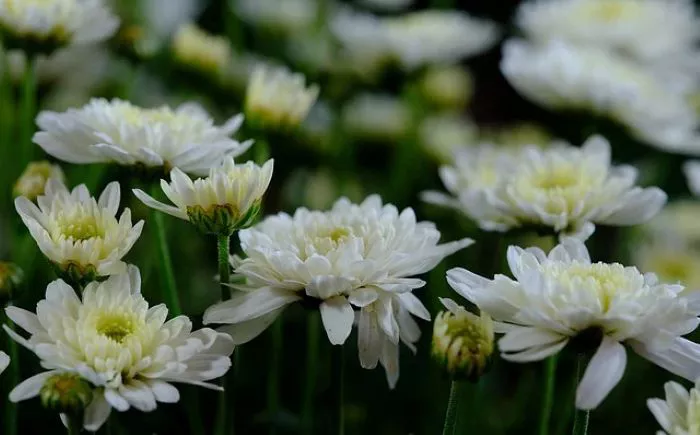Preserving flowers is a popular way to keep memories alive and create beautiful displays. One effective method for drying flowers is using silica gel. This desiccant absorbs moisture from the flowers, helping them retain their shape and color. Many people wonder how long to keep flowers in silica gel to achieve the best results. This article will provide a detailed overview of the process, the factors that influence drying time, and tips for successful flower preservation.
Understanding Silica Gel
Silica gel is a synthetic substance that absorbs moisture. It is commonly found in small packets within product packaging to prevent humidity damage. When used for preserving flowers, silica gel can effectively remove moisture without causing the flowers to become brittle. This method is favored for its ability to maintain the flowers’ original shape and color better than air drying or pressing.
Preparing Flowers for Drying
Before placing flowers in silica gel, it is essential to prepare them properly. Start by selecting fresh flowers that are at their peak bloom. Flowers that are wilted or damaged will not preserve well.
Cut the stems at an angle to maximize water uptake before drying. Remove any leaves from the stems that would be below the silica gel, as they can cause mold or discoloration. It is also a good idea to group flowers in small bunches to facilitate even drying.
Placing Flowers in Silica Gel
To dry flowers using silica gel, choose a container that is airtight and large enough to hold the flowers without crowding. Pour a layer of silica gel into the bottom of the container, about an inch deep.
Carefully place the flowers upright in the gel. For flowers with delicate petals, such as daisies or pansies, it may be better to lay them flat. Once the flowers are positioned, gently pour more silica gel over them until they are completely covered. Ensure that the flowers are surrounded by the gel to prevent them from collapsing during the drying process.
Drying Time
The drying time for flowers in silica gel can vary based on several factors. Generally, most flowers will take anywhere from 2 to 7 days to dry completely.
Here are some factors that can influence the drying time:
Type of Flower: Different species of flowers have varying moisture content and structure. For example, thicker petals may take longer to dry than thinner petals. Roses and lilies may require more time compared to daisies and lavender.
Humidity Levels: The ambient humidity in the environment can affect drying time. Higher humidity levels can slow down the drying process, while lower humidity can speed it up.
Container Size: The size of the container and the amount of silica gel used can also impact the drying time. A larger container with more gel can absorb moisture more quickly.
Temperature: Warmer temperatures can facilitate faster drying. However, extreme heat should be avoided, as it can damage the flowers.
Checking for Dryness
After the initial drying period of 2 to 7 days, it is essential to check the flowers for dryness. Carefully remove the flowers from the silica gel, taking care not to damage them.
Gently shake off any excess gel and examine the flowers. They should feel dry to the touch and retain their original shape. If they still feel moist or soft, return them to the silica gel and check again in a day or two.
Finishing Touches
Once the flowers are completely dry, it is important to handle them with care. Silica gel can sometimes leave a fine dust on the flowers. Use a soft brush or a gentle air spray to remove any remaining gel particles.
To further preserve the flowers, consider using a floral sealant. This spray can help protect the flowers from dust and UV damage. Store the dried flowers in a cool, dry place away from direct sunlight to maintain their color and integrity.
Conclusion
In conclusion, keeping flowers in silica gel typically takes between 2 to 7 days, depending on various factors such as flower type, humidity, container size, and temperature. Proper preparation and handling of the flowers are crucial for successful preservation. By following these guidelines, you can enjoy beautiful, dried flowers that retain their charm and beauty for years to come. Whether for decorative purposes or sentimental keepsakes, silica gel is an effective method for preserving the beauty of flowers.


